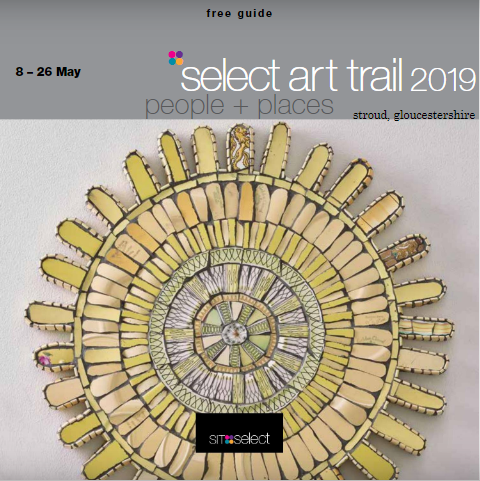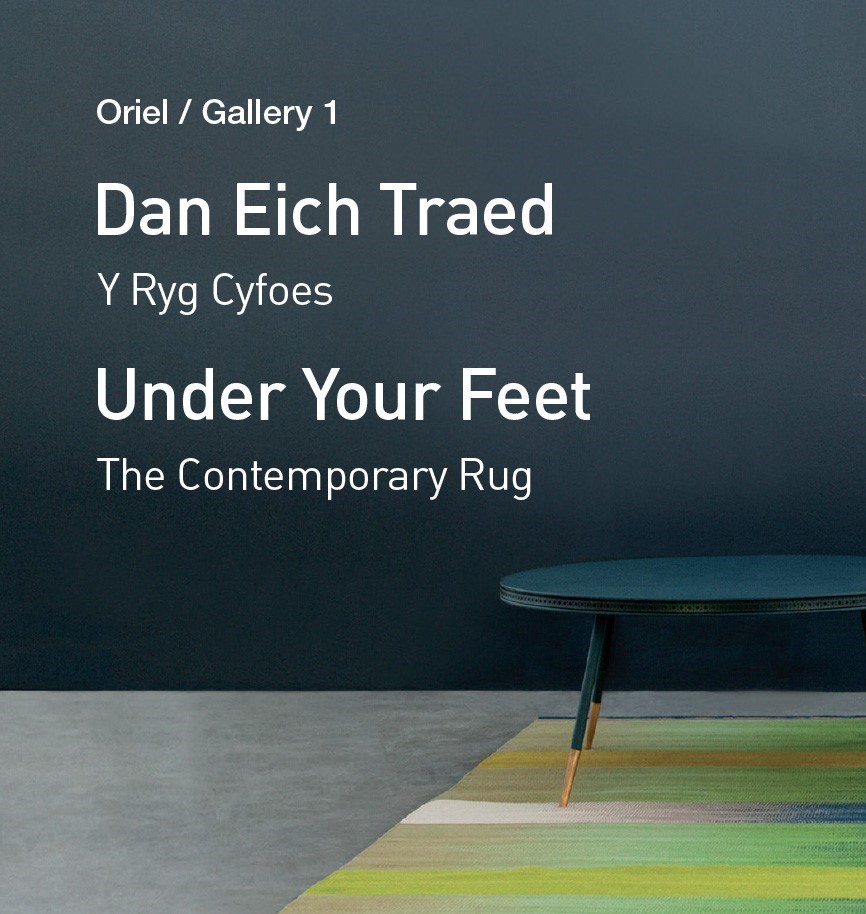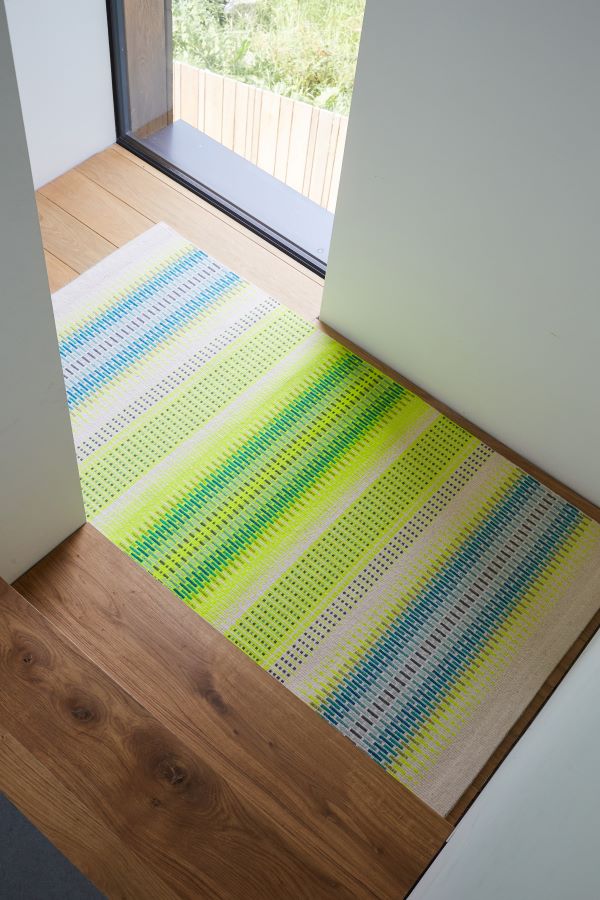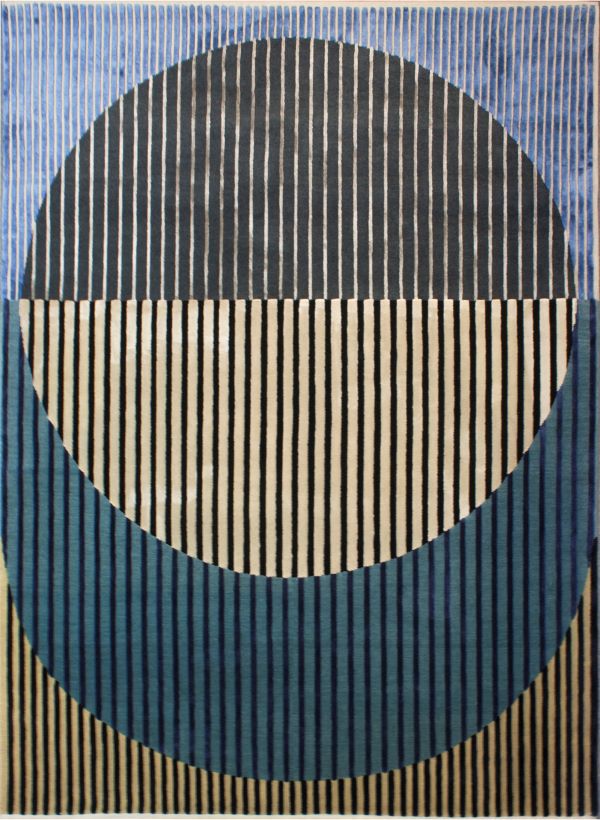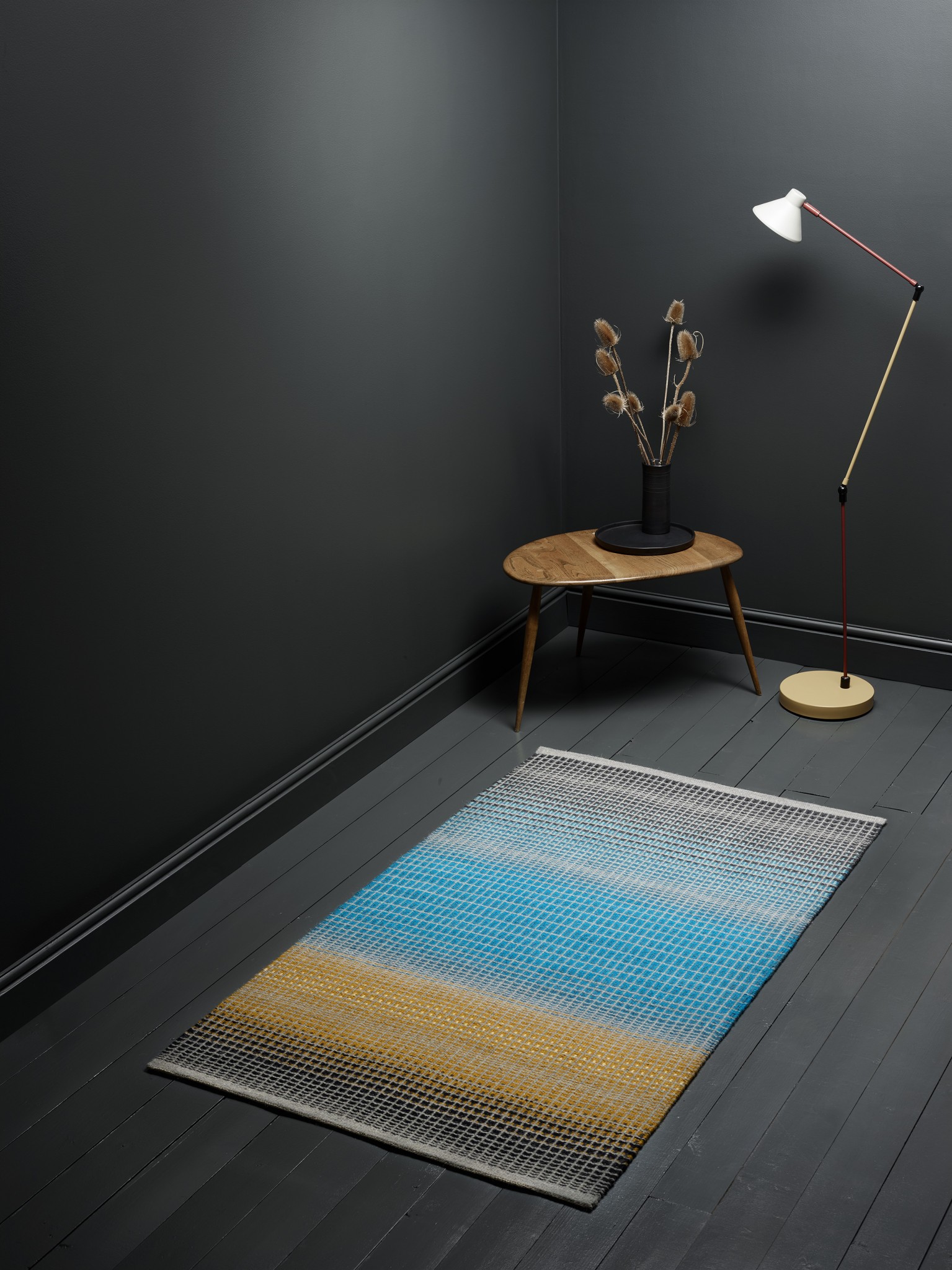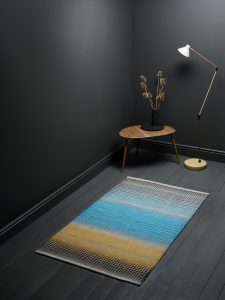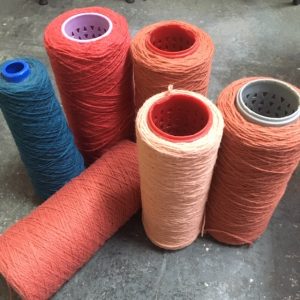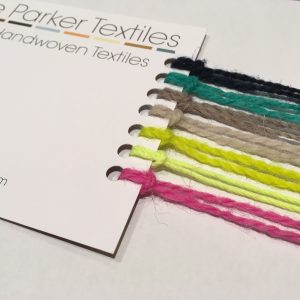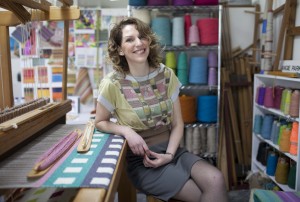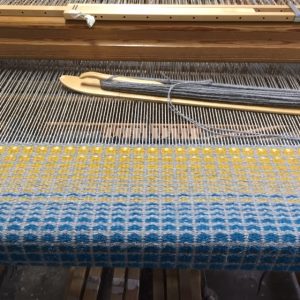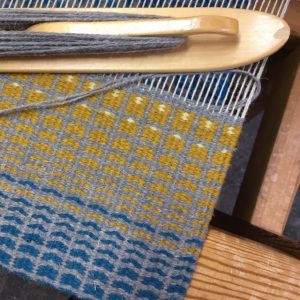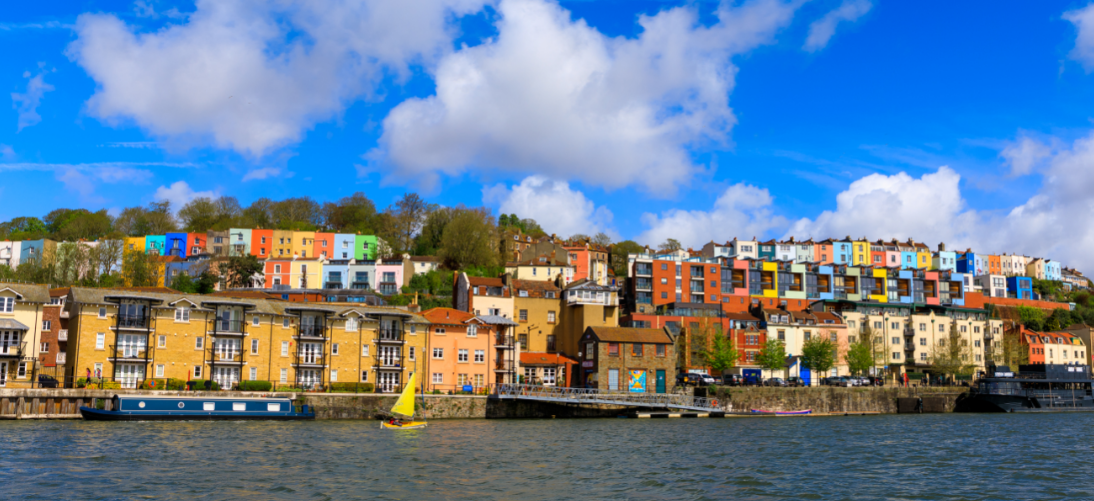
It’s not hard to understand why colour lovers enjoy living in Bristol. Is there a more colourful city anywhere else in the UK?
Since the mid-1960s, there’s been a growing number of brightly painted houses lighting up the urban landscape, something which has grown in popularity in recent years. I’m sure I’m not the only one who enjoyed a new appreciation for these uplifting views during the months of lockdown.
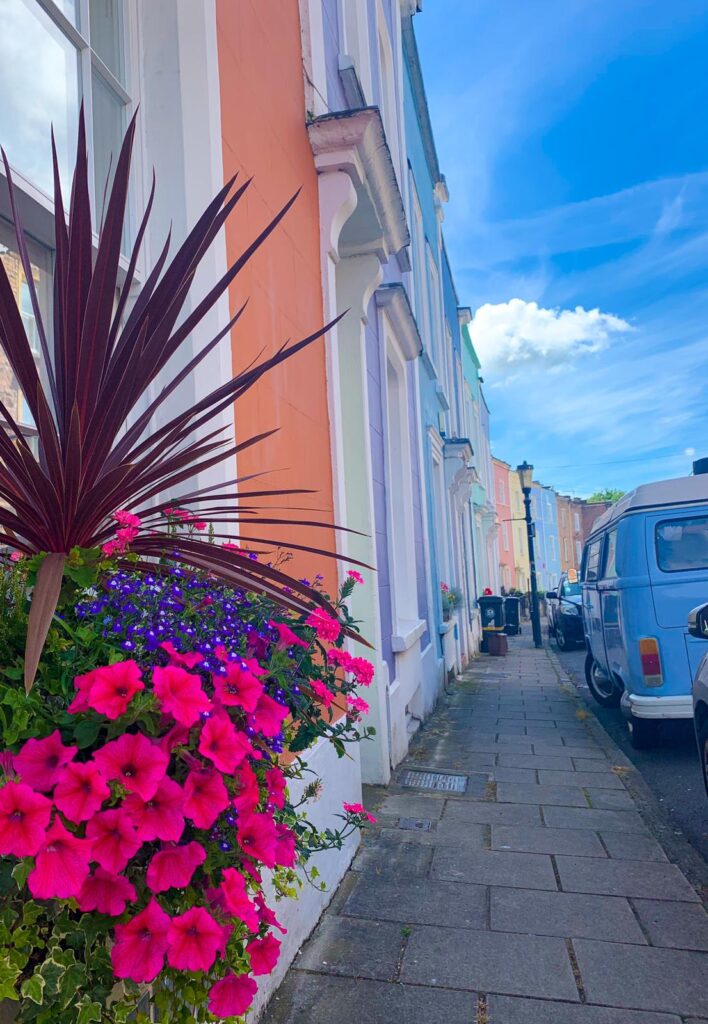
When the bursts of colour from our daily walks started to find their way into my handwoven designs, I decided to do some research into the history of these picturesque houses. To help with this I approached architects Stride Treglown and Jess Siggers, as I was already aware that in 2017 they launched the Bristol Colour Capital initiative, to promote Bristol as the most colourful city in the UK. They collated and presented research from residents at a seminar, where the scheme to link re-painting homes with utilising home energy improvement grants was discussed. Head of sustainability, Rob Delius, kindly shared these findings to enable me to continue the colour part of the conversation.
How did it all begin?
Rumour has it that George Ferguson, (architect, entrepreneur, and politician), may have been the first to paint his newly acquired home in Cliftonwood. I caught up with George recently and established that he did indeed paint his dull grey house a terracotta red in 1966, using Sandtex masonry paint. (If you know any from before this date please do let me know). His pal up the road painted his a rich blue shade at the same time, and this is how one of the most colourful and photogenic streets in the city started.
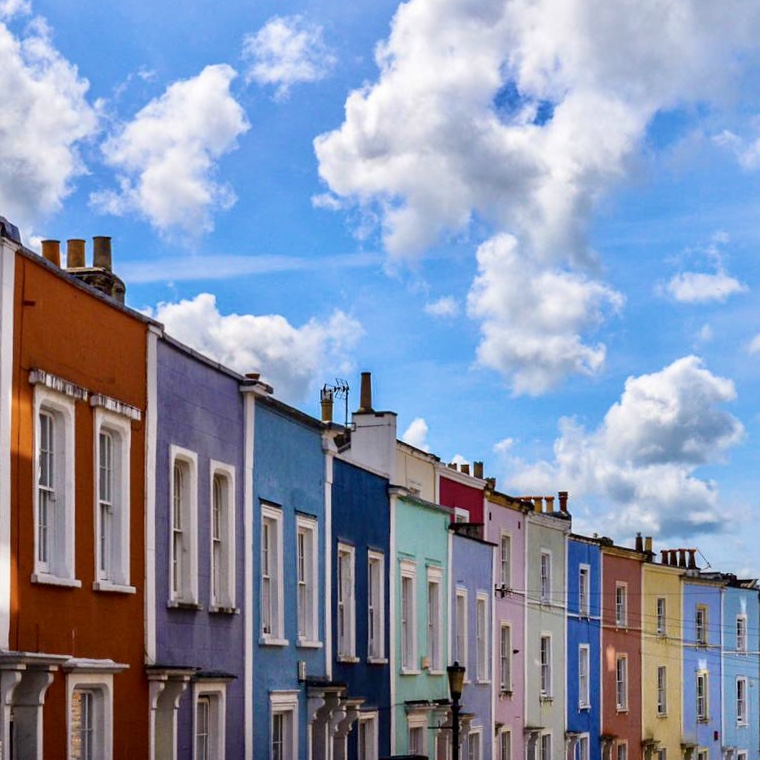
It was interesting to discover from George that these terraces were previously earmarked for demolition, with the proposal of three blocks of flats to replace them. This u-turn in planning enabled savvy investors to buy the run-down properties cheaply, and it gave them the opportunity to make their mark on the city. The views of these houses from the docks are almost as photographed as the suspension bridge. George cites the influence of 1960’s psychedelia, Glastonbury, and the general feeling of freedom at the time for his, and his friend’s decision to paint the depressing grey facing on their homes. And with so many of Bristol’s terraced houses being rendered, it’s easy to see how this idea gathered momentum.
Another rumour is that this trend started in Totterdown, where a local decorator offered cheap house painting to make use of the free coloured paints he’d acquired. The stunning aerial photo by Josh Perrett (below) shows that the painters have been pretty busy since these first few daring homeowners started the ball rolling. I’d really like to know more about these houses, so if you know any other interesting stories please do drop me a line and I can update things.
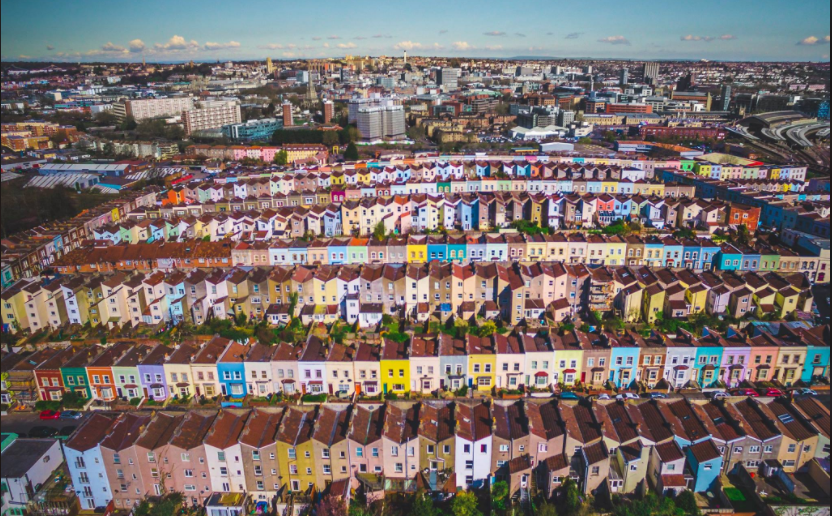
Photo: Josh Perrett
Obviously, painted houses aren’t exclusive to Bristol, but the difference in this city is that the trend was led by the residents, rather than artist initiatives or planners. That said, Bristol is home to thousands of artists and creatives, so it’s hardly a surprise the residents here take every opportunity to express themselves through bold combinations of house colour and front doors. It seems that once one person takes the plunge, the rest of the street gradually follows.
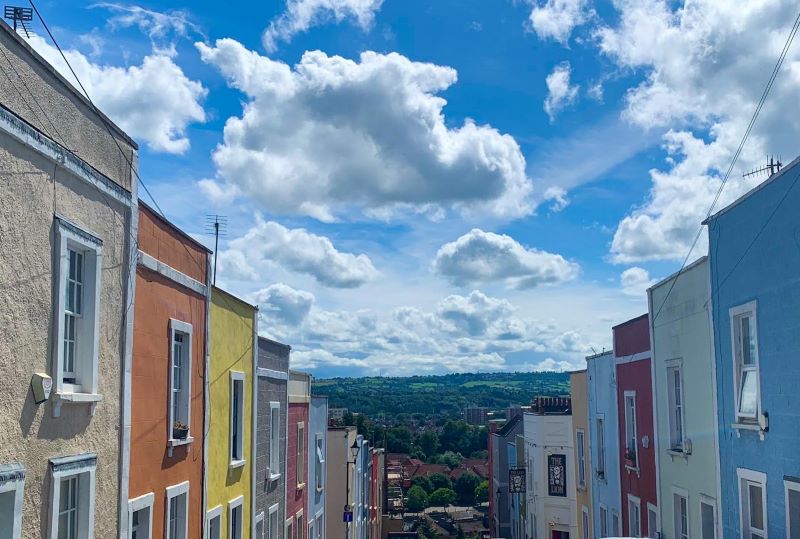
Photo: Vicky White Photography
Many locals agree that the hilly landscape in the city lends itself to the aesthetic, with one respondent to the Stride Treglown (ST) survey pointing out how much they love spotting their home from the opposite side of the city. Over the past decade, things have gathered pace, with reasons including a love of colour, the influence of travel, and simply wanting to join in with what many see as ‘a Bristol thing’. Colour choices are very personal, but according to ST report, most respondents were considerate of their neighbours when selecting colours that compliment the rest of their street.
I’ve yet to have a conversation with anyone who has a negative reaction to the houses, and everyone I’ve asked finds the views uplifting and cheerful. And as a designer, I feel incredibly fortunate to have such joyful and inspiring blocks of colour to feast my eyes on, every time I walk out of my house.
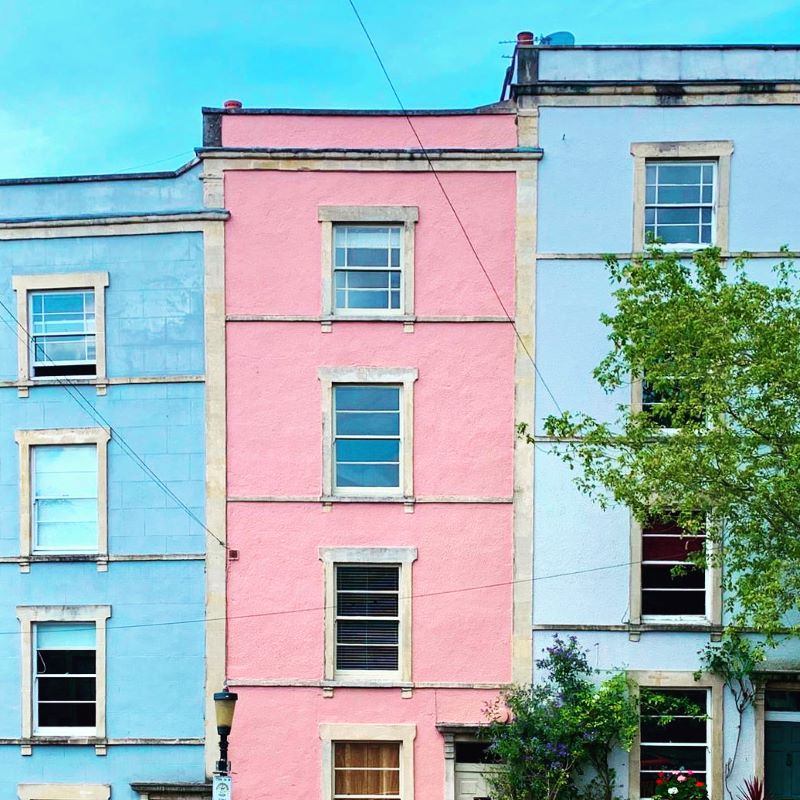
There is so much more that I want to find out, and I see this blog post as the start of an ongoing dialogue. Does living in a colourful neighbourhood make people happier? Can colour really improve health and well-being? Does Bristol have more coloured houses than any other UK City?
This final question led to a spin-off blog post investigating colourful neighbourhoods around the globe which you can read here.
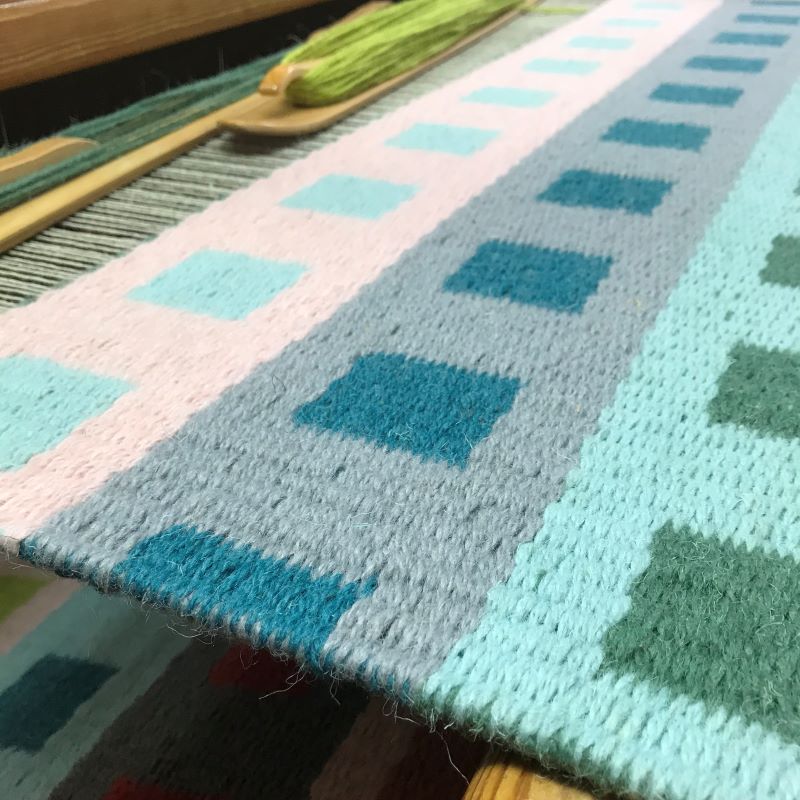
It’s no surprise that designing a new collection of textiles based on these houses was a joyful experience for me, with the biggest challenge being the limit on the number of colours I could use when working with my local mill. The final designs are intended to bring uplifting pops of colour into the homes of those who love these inspiring views as much as I do, and I’m delighted to share them with you ahead of schedule. Find out more here, and head to my online shop to check out the new collection.
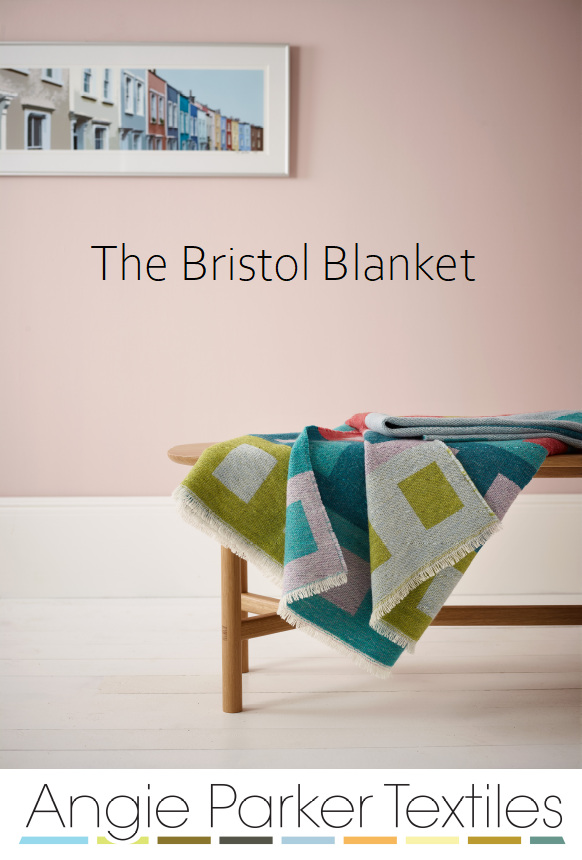
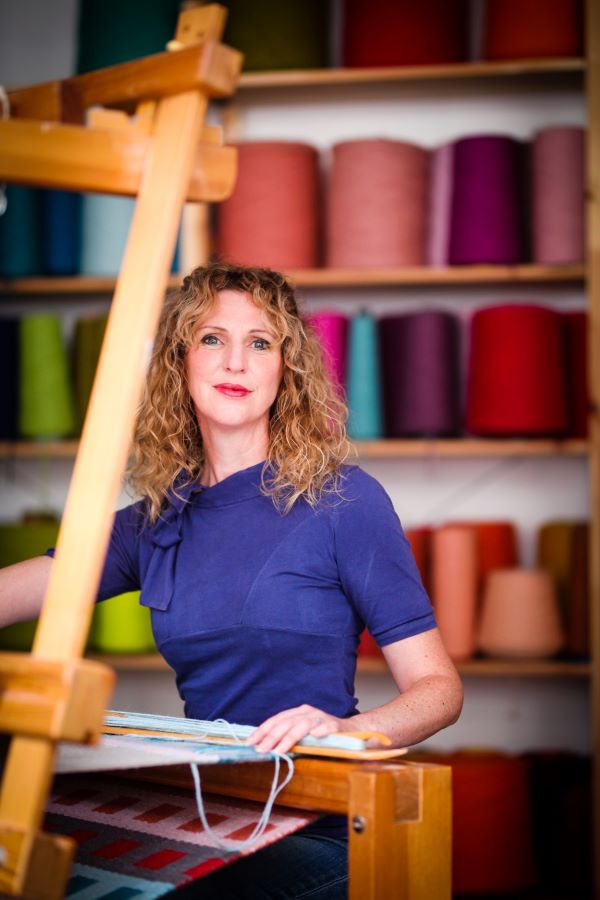
Photo: Alice Hendy Photography
Angie Parker is a weaver, designer, and colourist, based at BV Studios in Bedminster. She trained in rug weaving in the 1990s and started her textile practice in 2014. Her latest collection of handwoven designs and small-batch-produced textiles are available in her online shop. Subscribers to her newsletter are the first to see new designs and also get access to special offers and exhibition news. Sign up here to keep in the loop.
04/09/2020

